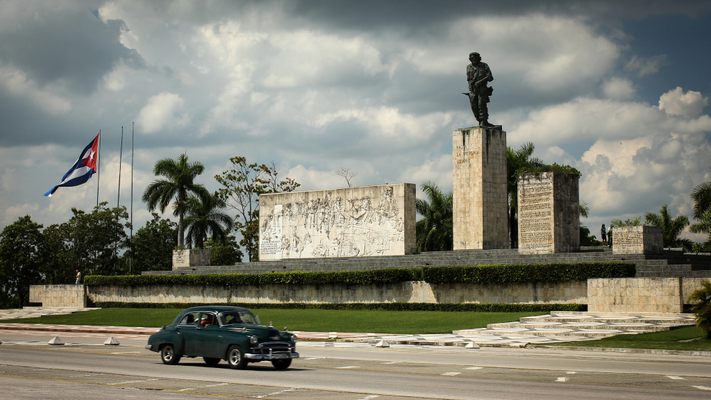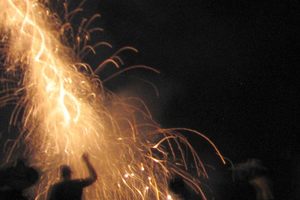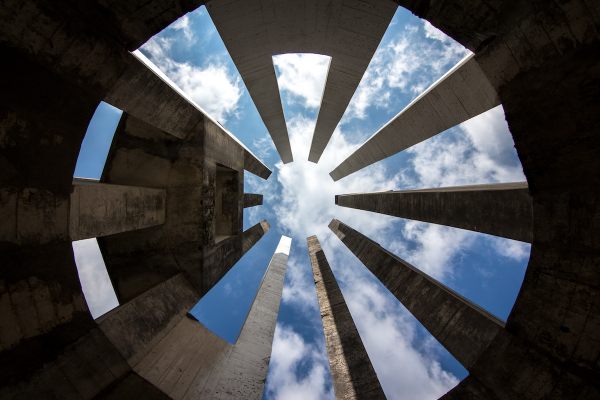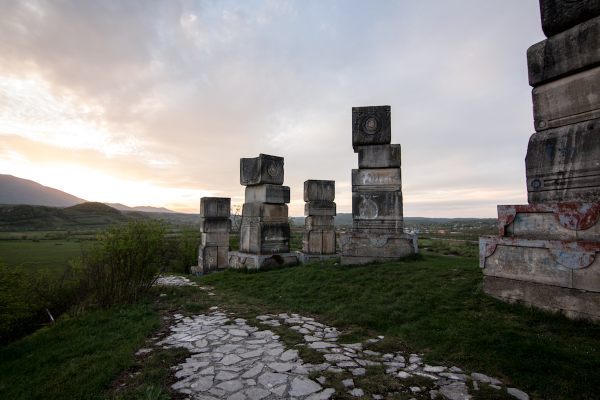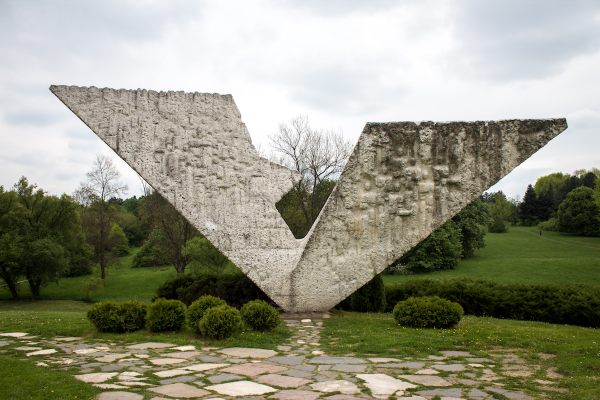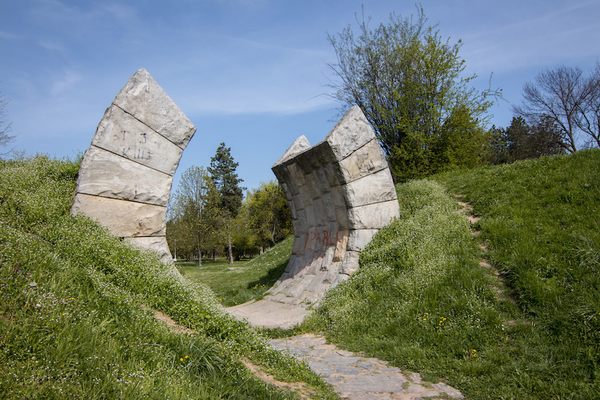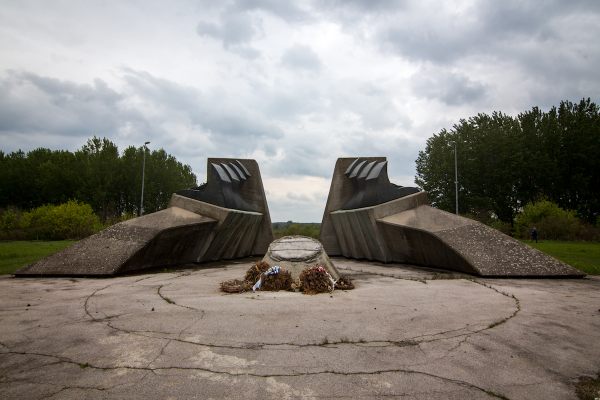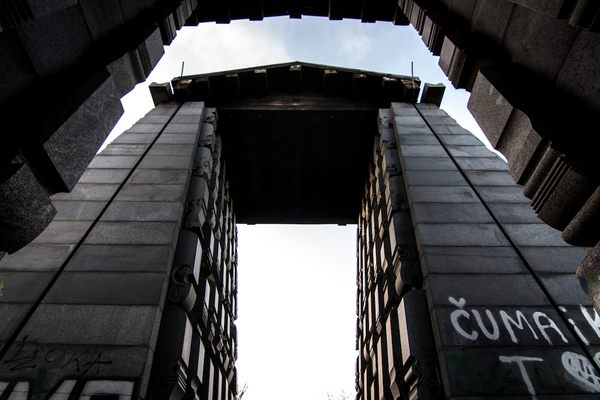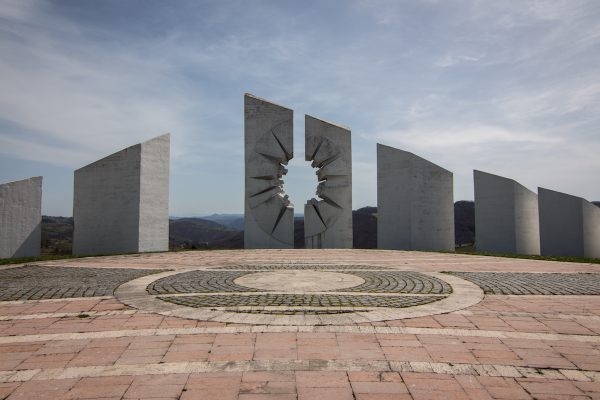About
Standing high on a hill overlooking the city, a soaring bronze statue of Che Guevara bears witness to the status of Santa Clara, Cuba as the “city of Che.”
The city was the site of the last conflict of the Cuban Revolution. Fulgencio Batista’s last attempt to retain power was disrupted by forces commanded by Guevara, who derailed an armored train carrying ammunition, heavy weapons, and 300 soldiers. Ultimately overrunning the city’s demoralized defensive forces, the revolutionaries achieved ultimate victory with Batista's flight from Cuba a mere 12 hours after the Battle of Santa Clara.
In recognition of this historic event, the boxcars remain in their derailed configuration even unto this day, with the bulldozer used to rip up the train tracks standing triumphantly nearby. To further commemorate the battle, the Cuban government began construction on a Guevara memorial in Santa Clara in 1982. Officially opened on December 28, 1988, the memorial included the aforementioned statue, a museum detailing the life of Guevara, and an expansive tiled parade ground.
What it did not initially include, however, was a mausoleum. This is because Guevara had died in Bolivia in 1967, executed by Bolivian military forces after leading an ill-fated and poorly-managed insurgency in the South American country. His body had been dumped in an unmarked mass grave, where it remained undiscovered until 1997. His remains were identifiable due to, among other things, his hands; they were missing, having been amputated from his corpse 30 years prior and sent to Buenos Aires for fingerprint identification to verify that the executed rebel was indeed the famous Che Guevara.
His remains — along with those of six other guerrillas found in the same grave — were returned to Cuba and buried with military honors on October 17, 1997, all under the memorial that had already been built for Guevara ten years previously. Subsequent excavations in Bolivia have brought an additional 23 combatants' remains to rest in the starkly rectilinear memorial to Guevara.
Visitors are forbidden from bringing any personal effects into the complex. The museum includes Guevara's rifle (a .30-cal M2 carbine), medical certificates, field binoculars, and water bottle, as well as pictures of the revolutionary smoking cigars and playing golf.
Related Tags
Community Contributors
Added By
Published
December 1, 2015
Sources
- http://www.theguardian.com/travel/2008/dec/31/cuba-che-guevara-museum
- http://yourenotfromaroundhere.com/blog/che-guevara-cuba/
- http://www.historvius.com/the-che-guevara-monument-628/
- http://www.lonelyplanet.com/cuba/central-cuba/santa-clara/sights/landmarks-monuments/monumento-ernesto-che-guevara
- https://en.wikipedia.org/wiki/Che_Guevara_Mausoleum
